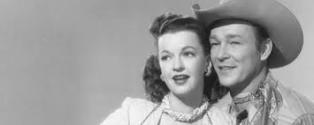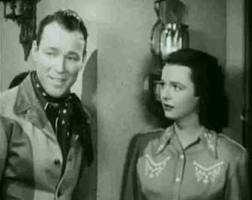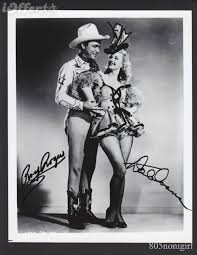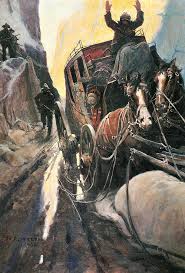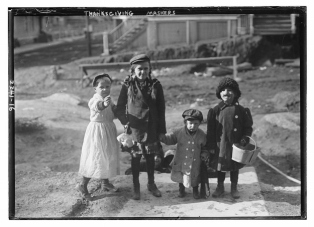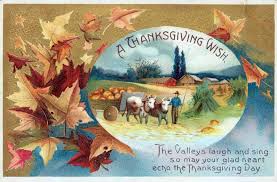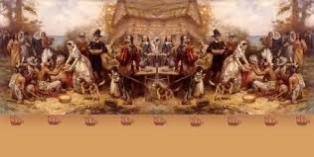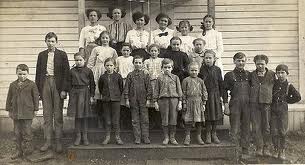Enter to win a copy of the children’s book Cowboy True’s Christmas Adventure.
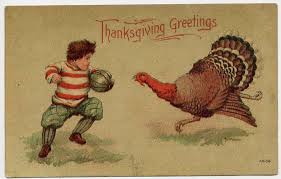
Love cranberry sauce or hate it, but that sweet desert (or relish — depending on how you consume it) has become quite the Thanksgiving commodity. Although cranberries were very present in America and easy to access, the Pilgrims likely weren’t devouring the commodity. Why, you ask? Considering that sugar — a key component of cranberry sauce — was a luxury item when the first Thanksgiving unfolded, making the jam was expensive. It’s unclear when the sauce was even created, research indicates it was 1663 — decades after the supposed first Thanksgiving — that people began commenting about a sweet sauce that was made from cranberries. But if you’re thinking about modern-day canned cranberry, that’s actually brought to you by Ocean Spray, a company that began selling the product in the early 1900s.
For many, turkey and football go hand in hand. As much as Thanksgiving is about acknowledging what one has been given, it is also about tuning in — or even playing — one of the nation’s most popular sports. According to The Pro Football Hall of Fame, Thanksgiving Day football was once a tradition among colleges and high schools, but that practice has since subsided and the NFL has picked up the torch. The modern-day tradition, it seems, dates back to 1934, when the Detroit Lions decided to play on Thanksgiving Day.
The team’s owner, George A. Richards, knew scheduling a game on the holiday was risky, but he decided to do it anyway in an effort to bolster the team’s standing in Detroit. The Lions played the Chicago Bears in a duel that inevitably attracted 26,000 people to the University of Detroit Stadium, selling out two weeks before the game.
Hence, the football and Thanksgiving tradition was born. The Pro Football Hall of Fame noted that Detroit has had a game every year since, aside from a brief hiatus from 1939 to 1944. Just the same, Dallas Cowboys, too, have played every year on Thanksgiving since 1966, only missing two years in 1975 and 1977.
As mentioned, though, football games on Thanksgiving were unfolding prior to the Lions’ 1934 holiday face off. According to the Library of Congress, “The American Intercollegiate Football Association held its first championship game on Thanksgiving Day, 1876.” And it didn’t end there. In the 1890s, Yale and Princeton attracted tens of thousands of fans for championship games and many high schools followed suit. Eventually, they stopped the practice and the NFL simply continued it.
To learn more about how Cowboy True celebrated the holidays read
Cowboy True’s Christmas Adventure.
All proceeds raised from the sale of the book go to benefit UC Davis Children’s Hospital.

